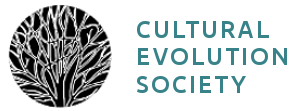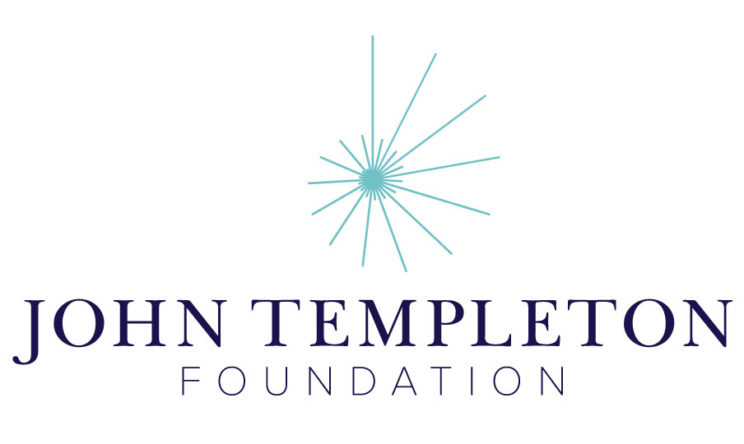Modeling the Dynamics of Cultural Diversification
Tutorial 4: Evolutionary Mechanisms
In this tutorial we expand our simulator to model evolutionary mechanisms within diversification rates like significant extinctions, key innovations, and competition. We describe how to translate simulations to statistical models, and apply a competition model to the Metal data.
Google Colaboratory Environment. These tutorials are built in the Google Colaboratory Environment. To access these tutorials, you must be logged in to a Google account with Google Colaboratory (Colab) installed. Colab is a free resource linked to Google accounts that runs Python notebooks on the cloud and attaches to your Google Drive. If you do not have Colab installed, it can be found here: https://gsuite.google.com/marketplace/app/colaboratory/1014160490159. When you open a Colab notebook, Google creates a virtual machine for you with Python and the most relevant scientific packages preinstalled. Because it is a complete virtual machine, you can also install your own Python packages, download software from Github, link files from your Google Drive, run command line programs, and use a GPU/TPU. We make use of some of these features throughout the tutorials. If you are new to Colab, an introduction, overview, and list of resources are available here: Welcome to Colaboratory.
How to start this tutorial
- Sign in to your Google account.
- Install the Drive-addon 'colaboratory' on your Google Drive.
-
 Download Tutorial 4: Evolutionary Mechanisms to your Colab-connected Google Drive.
Download Tutorial 4: Evolutionary Mechanisms to your Colab-connected Google Drive. - Choose 'Colaboratory' from the 'Open with' menu at the top of your Google Drive window.
Key Takeaways
- The simulator here can be flexibly subclassed to test hypotheses about evolutionary mechanisms driving diversification rates. We demonstrate simulations for significant extinctions, key innovations, diversity-dependent competition, environmental trends, and age-dependent extinction.
- Simulatable theoretical models can be easily transformed into statistical models by embedding equations into linear birth-death process likelihoods. You can then fit these likelihoods to data using maximum likelihood or simple MCMCs.
- DDRate.py can model diversity dependent competition. Environmental trends are modeled in TrendRate.py. Key innovations and significant extinctions should be observable as significant shifts in LiteRate.
- We show a compelling example of diversity-dependent competition under an expanding carrying capacity using the complete population of Metal bands active between 1968 to 2000.
Concluding Remarks That's it for these tutorials! Theoretically, we hope we have convinced you of the utility of macroevolutionary perspectives that focus on cultural ideas, products, or lineages in understanding cultural change and stability over time. Empiricially, we hope we have convinced you that diversification rates are useful for testing cultural macro-evolution hypotheses. We want these tutorials to help foster a new perspective on methods useful for the macroevolutionary analysis of culture. If you have any additional questions, suggestions for these tutorials, or want to contribute models to the GitHub, please feel free to contact the lead developers: Bernard Koch or Erik Gjesfjeld.
References
Bourdieu, Pierre. The Rules of Art: Genesis and Structure of the Literary Field. Stanford University Press, Palo Alto 1996.
Gjesfjeld, Erik, Daniele Silvestro, Jonathan Chang, Bernard Koch, Jacob G. Foster, and Michael E. Alfaro. ‘A Quantitative Workflow for Modeling Diversification in Material Culture’. PLOS ONE 15, no. 2 (6 February 2020): e0227579. [Link]
Kahn-Harris, Keith. Extreme Metal: Music and Culture on the Edge. Berg Publishers, Oxford 2006.
This project was supported by Grant #61105 from the John Templeton Foundation to the University of Tennessee, Knoxville (PIs: S. Gavrilets and P. J. Richerson) with assistance from the Center for the Dynamics of Social Complexity and the National Institute for Mathematical and Biological Synthesis at the University of Tennessee, Knoxville.

The Cultural Evolution Society's Online Learning Tutorial Series is licensed under a Creative Commons Attribution-NonCommercial-ShareAlike 4.0 International License. For designers' contact information, click here.



